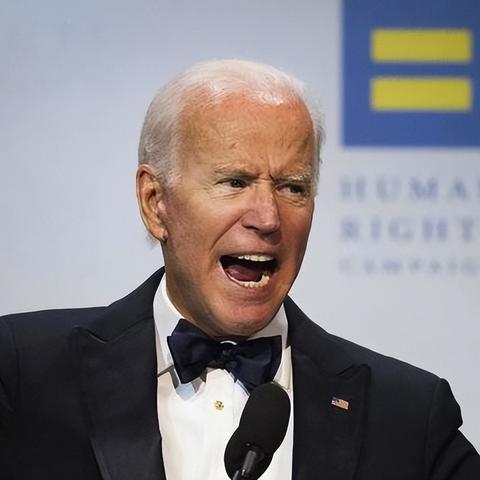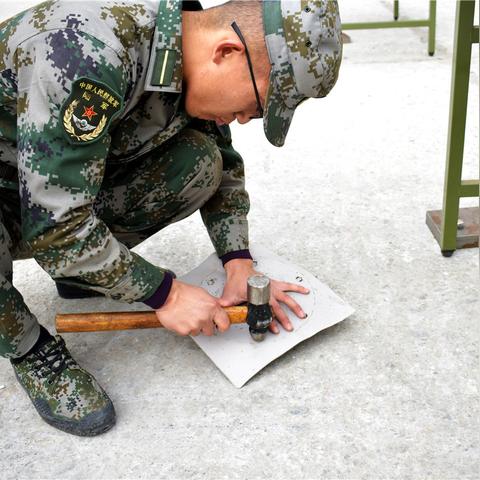Introduction to Policy Focus: Trade Surplus vs Deficit Adjustment in 2025
As we approach the year 2025, policymakers and economists are turning their attention to the potential challenges and opportunities presented by both trade surpluses and trade deficits. The正版资料 free大全最新版本 provides an in-depth analysis of these economic indicators, examining how they've evolved over time, their implications for global stability, and the strategies that countries can employ to manage these fluctuations. This comprehensive guide aims to offer insights into policy decisions that can influence international trade dynamics and promote economic growth.
Understanding Trade Surpluses
A trade surplus occurs when a country exports more goods and services than it imports. This surplus can lead to an accumulation of foreign currency reserves, which can be beneficial for a nation's economic stability as it reduces dependence on foreign credit. However, it also means that the surplus country is less attractive for other countries to trade with, potentially leading to trade imbalances. The正版资料大全最新版本 details the economic strategies to maintain a healthy trade surplus, including diversifying export markets and fostering domestic industries that are globally competitive.
How to Handle Trade Deficits
A trade deficit, on the other hand, represents a situation where a country imports more than it exports, leading to potential economic vulnerabilities such as decreased foreign reserves and increased debt. The大全最新版本 emphasizes the importance of managing trade deficits through effective policy measures. These can include encouraging domestic production, boosting exports through trade negotiations, and implementing import substitution policies. It is crucial for nations facing deficits to adopt policies that can help them transition towards a more balanced trade position without hampering economic growth.
The Role of Policy in Economic Stability
Economic policy plays a critical role in managing both trade surpluses and trade deficits. The免费大全最新版本 covers the implications of fiscal policy, monetary policy, and trade policy in shaping these economic outcomes. Sound fiscal policies can help nations maintain a healthy public debt level, while monetary policies can influence exchange rates, impacting the competitiveness of exports and imports. Trade policy, including tariffs and subsidies, directly influences the balance of trade by affecting the cost and demand for goods and services.
International Trade Implications
Managing trade imbalances is not just a domestic issue; it has significant international implications. The大全最新版本 2025 discusses how global trade agreements, such as those organized by the World Trade Organization, impact trade surpluses and deficits. Additionally, the guide explores the role of emerging economic powers and how they affect global trade balances, suggesting that countries must navigate both unilateral and multilateral trade policies to achieve sustainable economic growth.
Economic Diversification and Innovation
One key strategy highlighted in the正版资料 to manage trade balances is economic diversification. Diversification can reduce a country's reliance on a single export product or market, enhancing resilience against market fluctuations. Innovation is another critical factor discussed, as it can lead to the creation of new industries and products, which can dynamically adjust national trade balances and reduce the risk of dependency on specific sectors.
Regional Trade Agreements and their Impact
Regional trade agreements (RTAs) can have a profound impact on trade surpluses and deficits. The正版资料大全最新版本 examines the role of RTAs in promoting intraregional trade, which can stabilize domestic economies by providing alternative markets for exports and reducing reliance on volatile global markets. However, RTAs may also lead to trade diversion, drawing trade away from more efficient non-member countries, and thus, it's vital for policymakers to carefully consider the implications of such agreements.
Technological Advancements and Trade
The impact of technological advancements on trade cannot be overlooked. The大全最新版本 2025 discusses how technology has transformed trade patterns, creating new opportunities for services and digital goods trade. These developments can alter trade balances, as countries with advanced technological capabilities may find new competitive advantages in the global market. Policymakers must adapt to these changes by fostering technological innovation and digital infrastructure development.
Sustainability and Trade Balances
In today's environmentally conscious world, sustainability plays an increasingly significant role in international trade. The大全最新版本 nones the challenges of balancing trade surpluses and deficits while addressing environmental concerns and ensuring resource conservation. Sustainable policies can contribute to the long-term economic health of a nation, promoting green industries, and sustainable agricultural practices that can support a stable and balanced trade.
Conclusion: Strategies for Balancing Trade Surpluses and Deficits
As shown in the大全最新版本 2025, the management of trade surpluses and deficits requires a multifaceted approach that considers economic, political, and environmental factors. Policymakers must strike a delicate balance, promoting domestic growth and vitality while ensuring that their countries remain competitive in the global market. By understanding the mechanisms behind trade balances and employing strategic policies, nations can work towards a more stable and prosperous economic future.
















 琼ICP备2023003230号-1
琼ICP备2023003230号-1
还没有评论,来说两句吧...